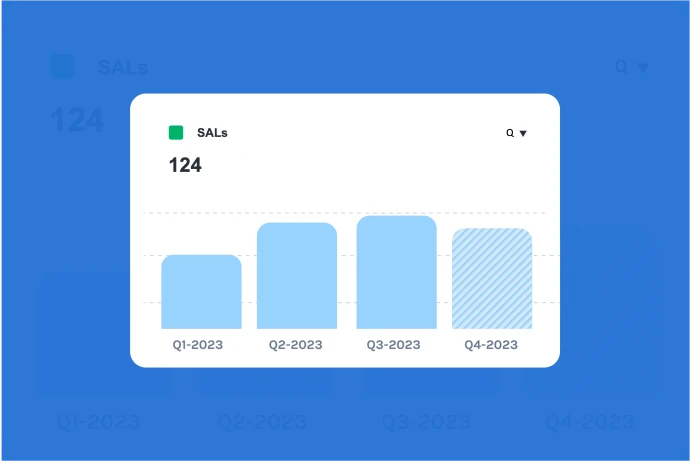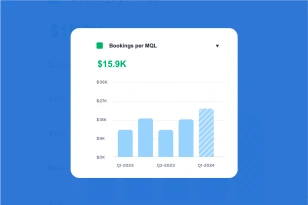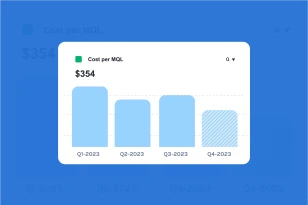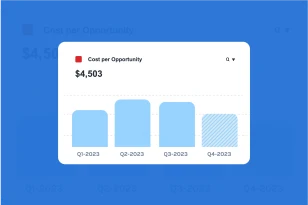What are SALs?
SALs, or Sales Accepted Leads, represent leads that have progressed through the initial marketing qualification stage (MQLs) and have been further evaluated and accepted by the sales team as viable sales opportunities.
SALs are typically individuals or organizations that meet specific criteria, indicating a higher likelihood of converting into paying customers. This stage represents a crucial handoff point between marketing and sales teams.
Why is it important to monitor SALs?
Monitoring SALs is essential for businesses as it signifies the transition from marketing to sales and highlights leads that have been deemed sales-ready. By tracking SALs, companies can better allocate sales resources, prioritize follow-up efforts, and ensure that only the most promising opportunities are pursued. This reduces the chances of sales teams wasting time on unqualified leads and improves the overall efficiency of the sales process.
How do you calculate SALs?
The calculation of SALs typically involves collaboration between marketing and sales teams to define clear criteria for lead acceptance. Once criteria are established, SALs are counted based on the leads that meet these criteria and are accepted as sales opportunities.
How can I increase the number of SALs?
- Lead Qualification Criteria: Regularly review and refine the criteria for SALs to ensure they accurately reflect your ideal customer profile. This enhances the quality of leads handed over to the sales team.
- Lead Scoring: Implement a lead scoring system to prioritize SALs based on their potential value and likelihood of conversion. This ensures that sales teams focus their efforts on the most valuable opportunities.
- Sales and Marketing Collaboration: Foster strong communication and alignment between your marketing and sales teams to ensure both teams have a shared understanding of SAL criteria and expectations.
- Lead Nurturing: Provide sales-accepted leads with the necessary information and support to facilitate a smooth transition from the SAL stage to conversion. This can include personalized outreach and tailored content.
By effectively monitoring and optimizing SALs, businesses can streamline their sales process, improve lead conversion rates, and ultimately drive revenue growth.





